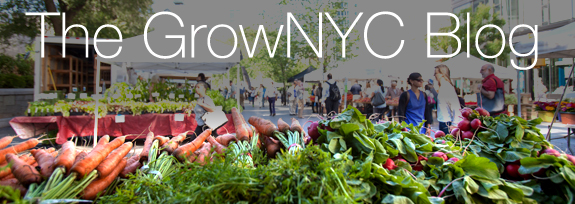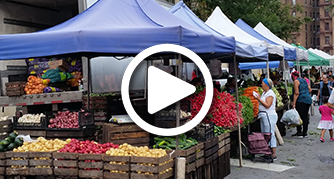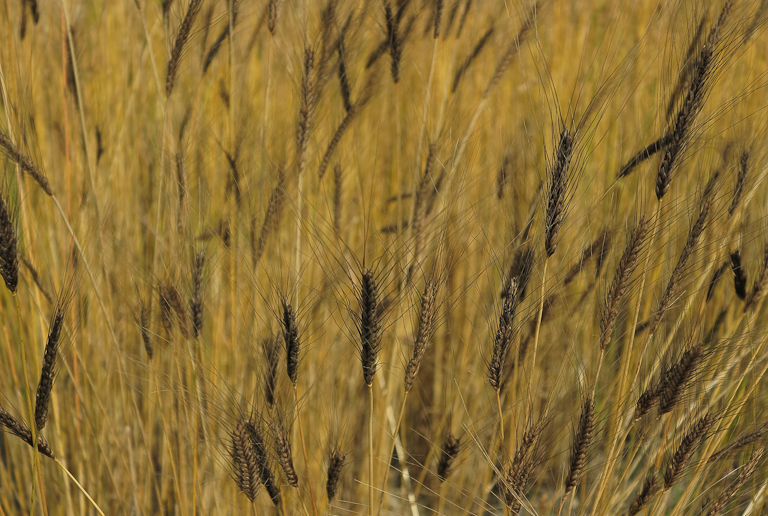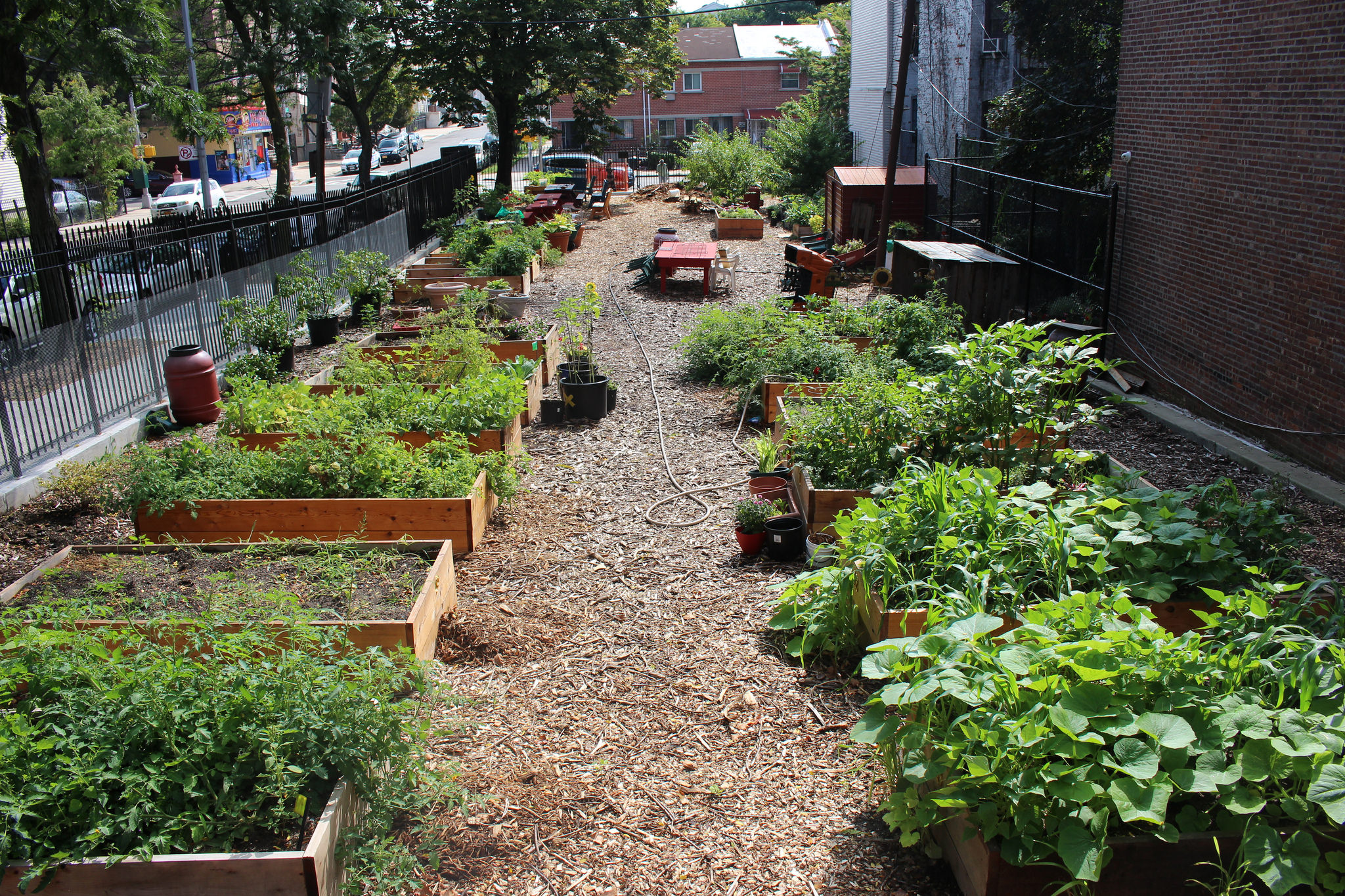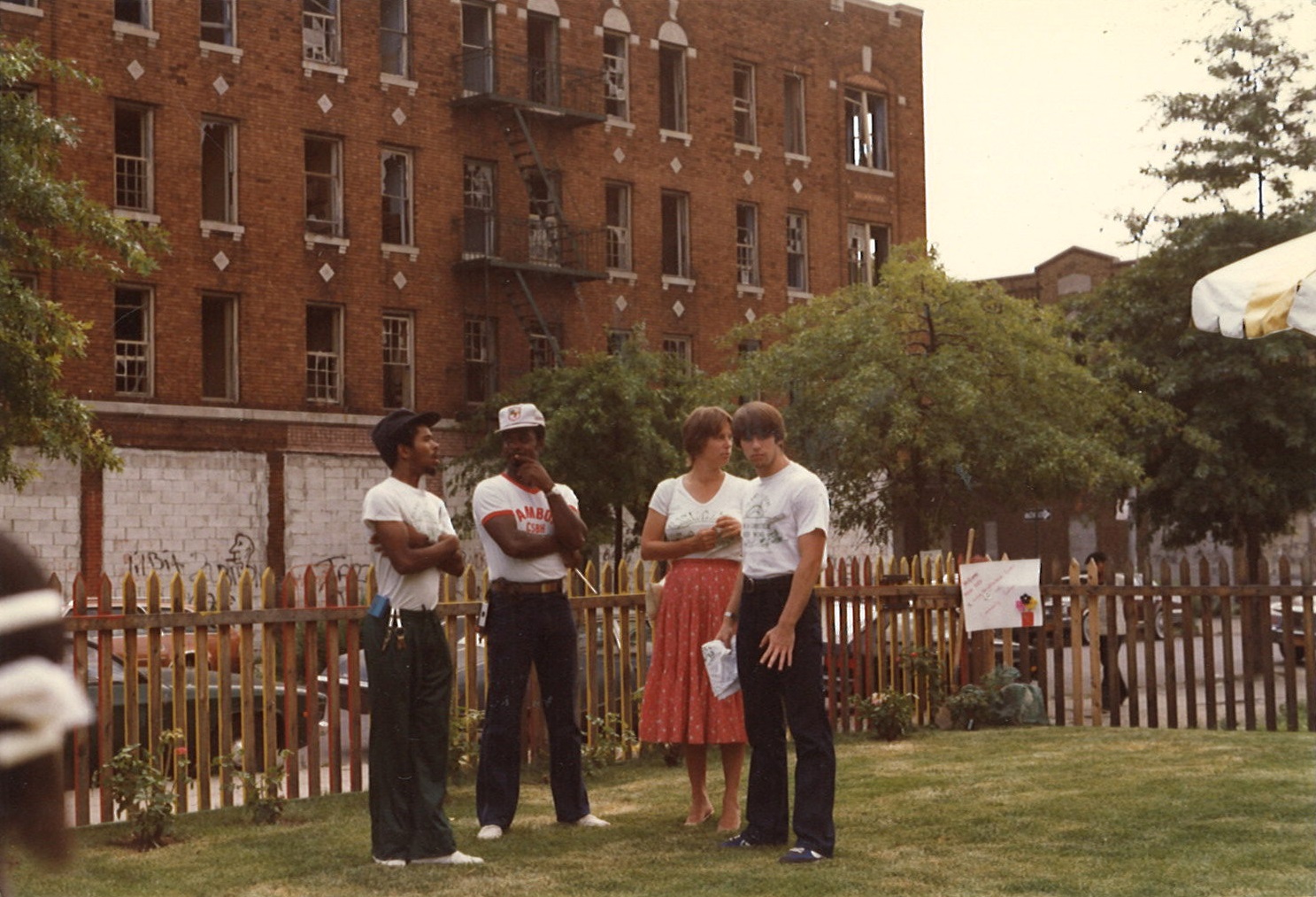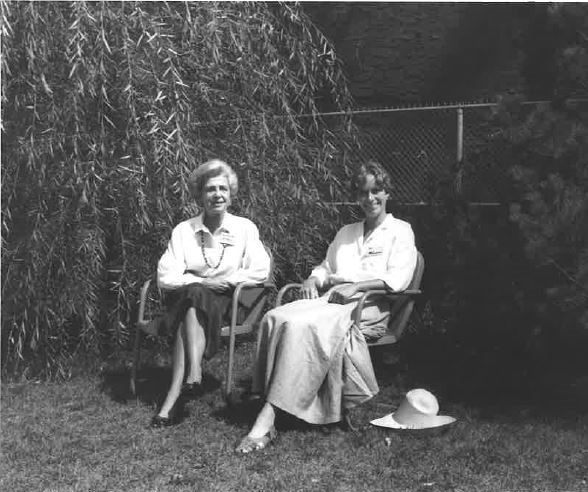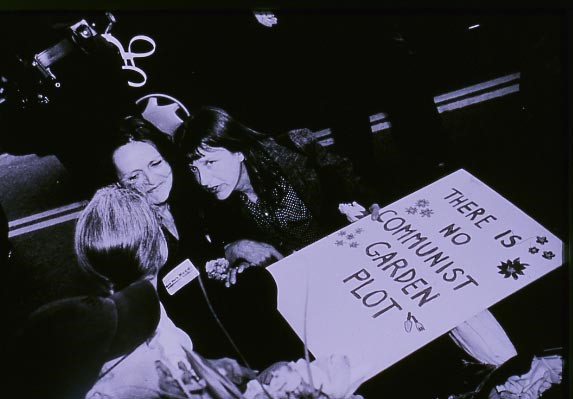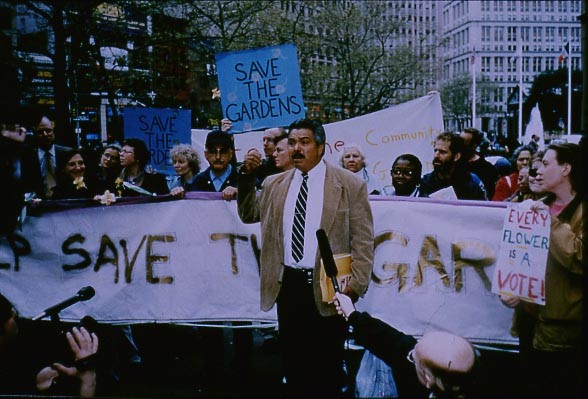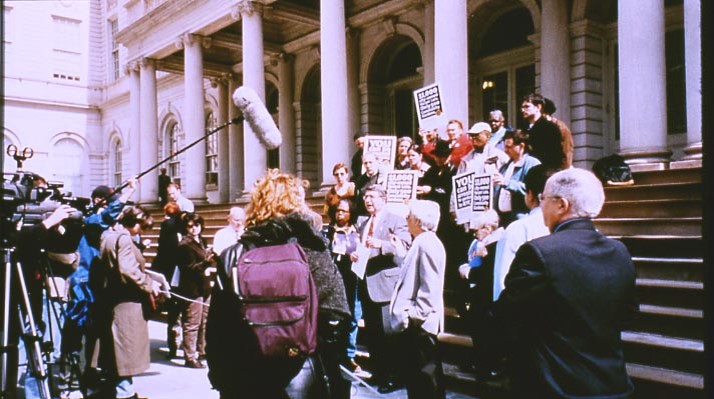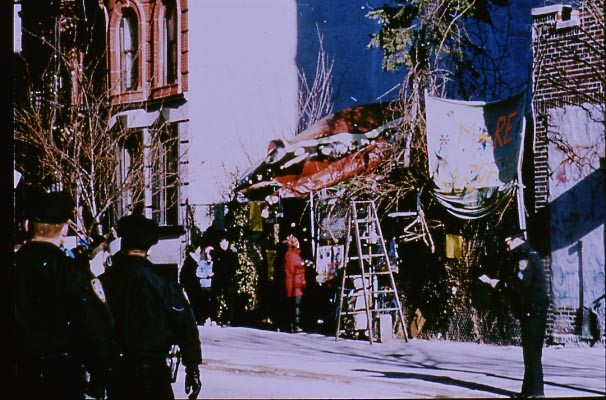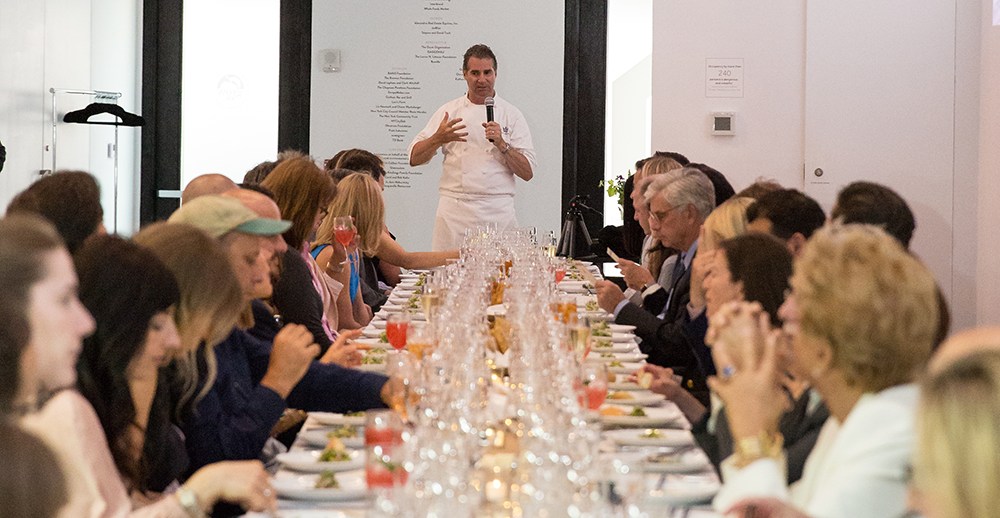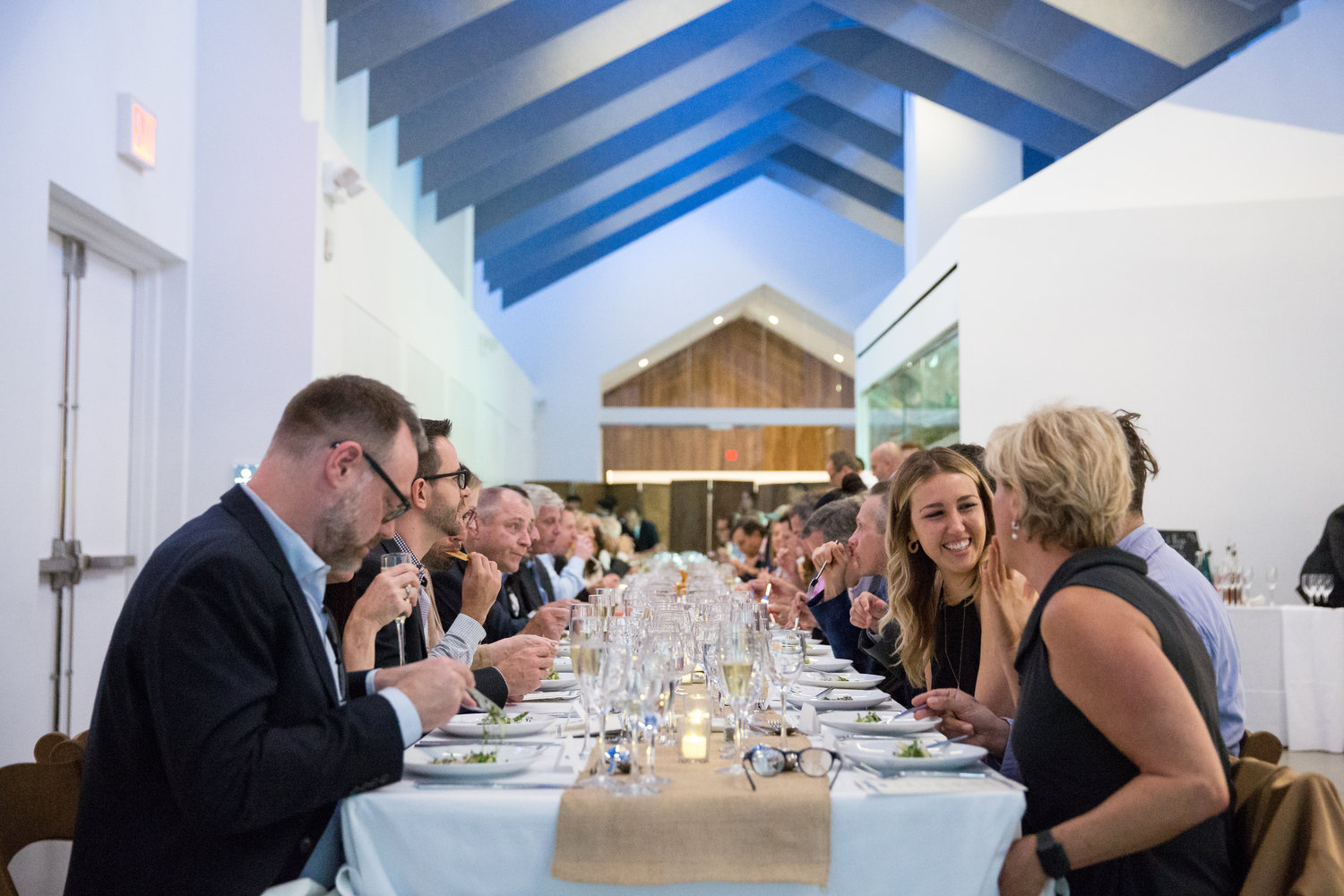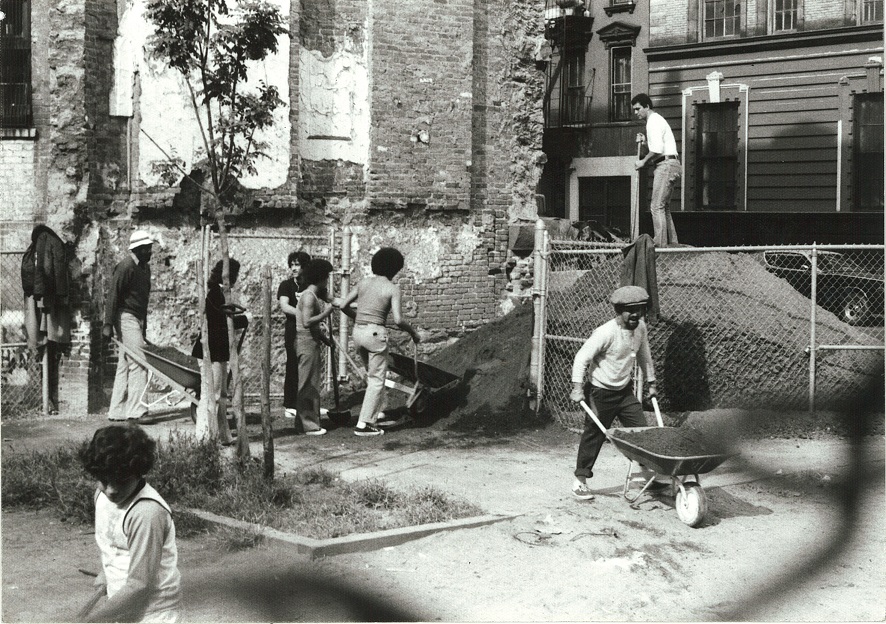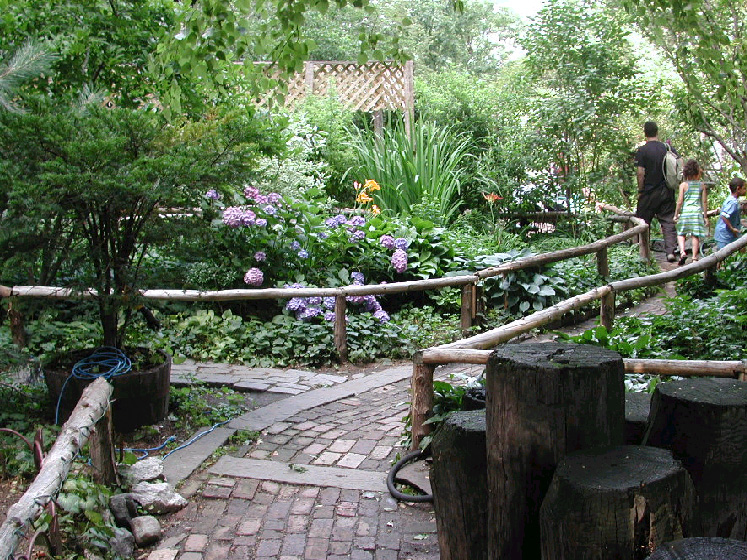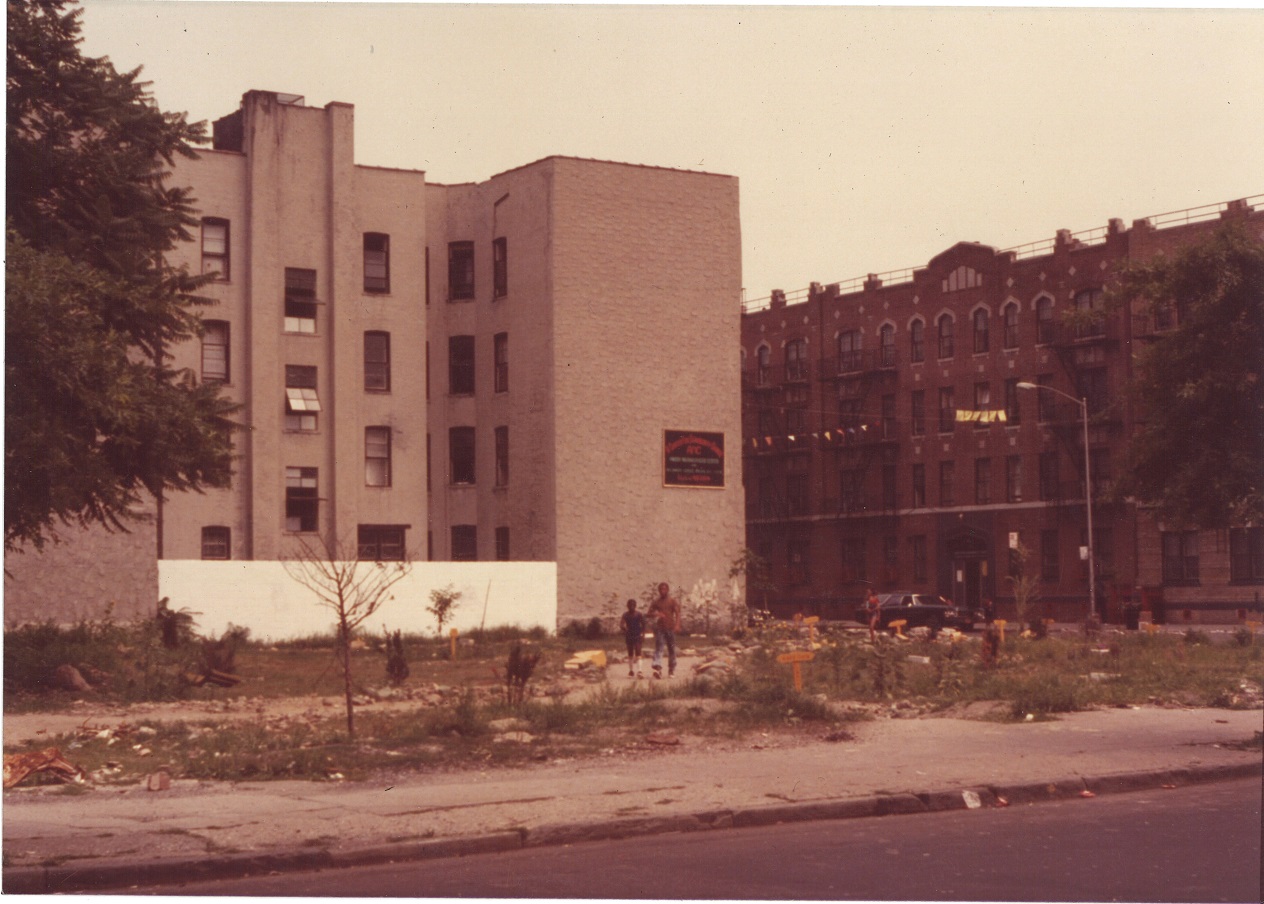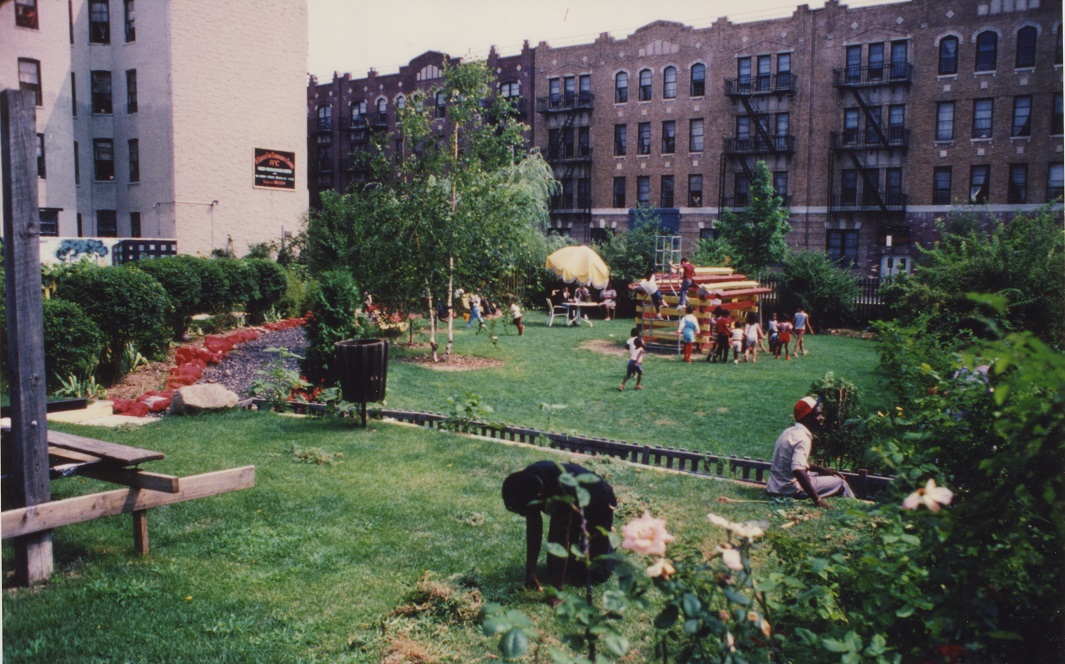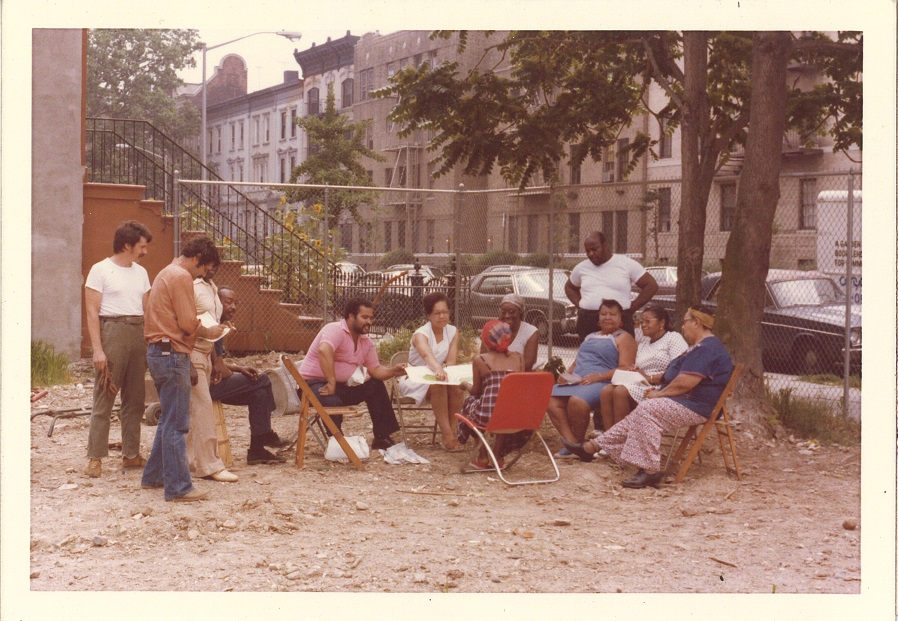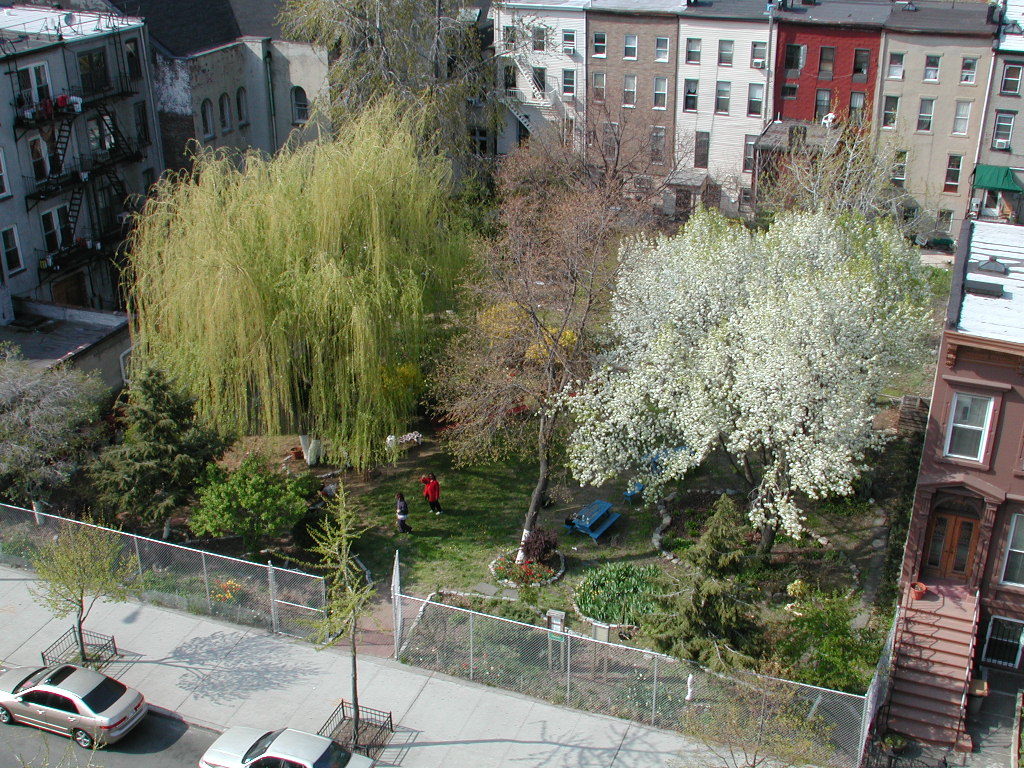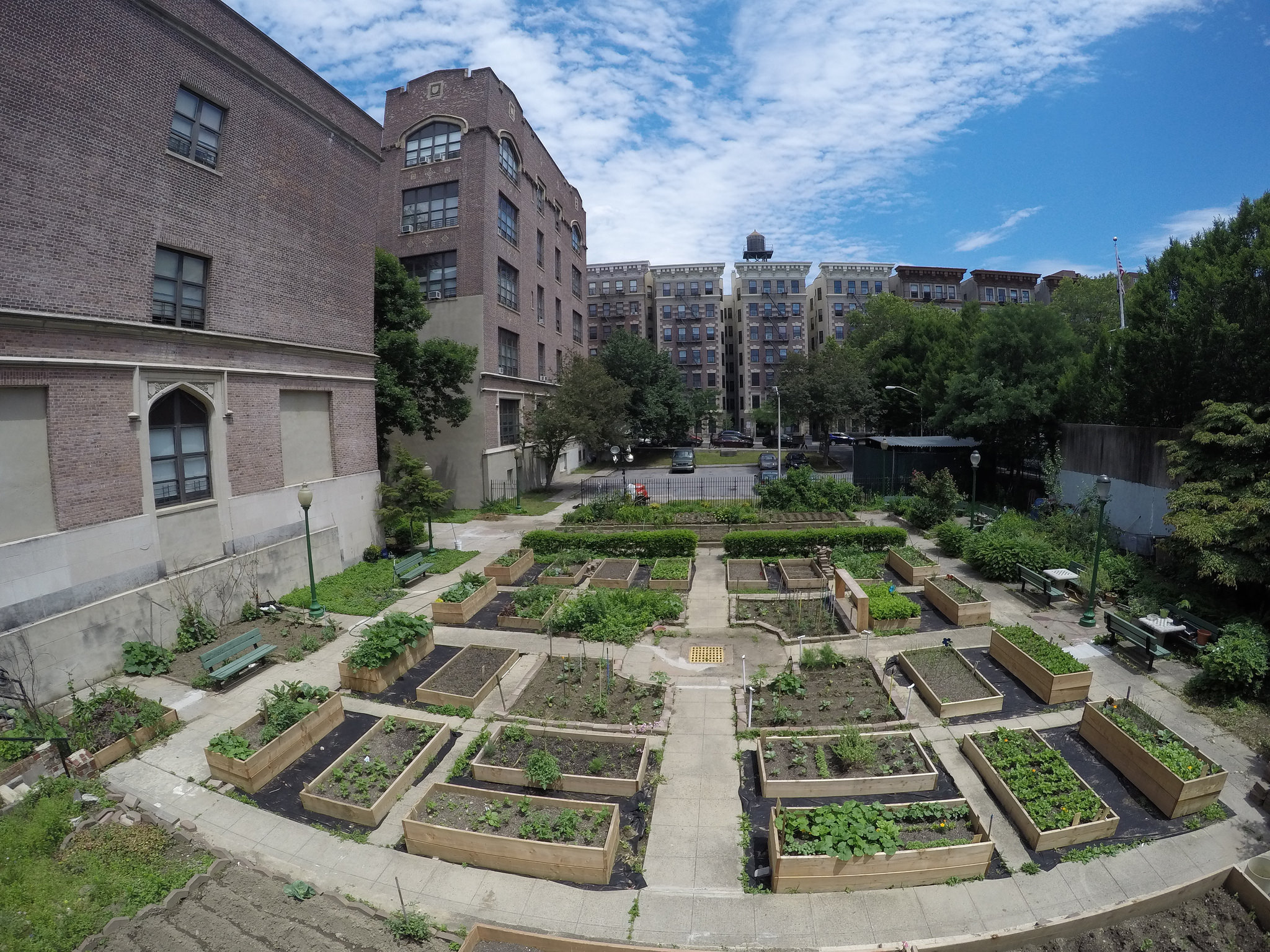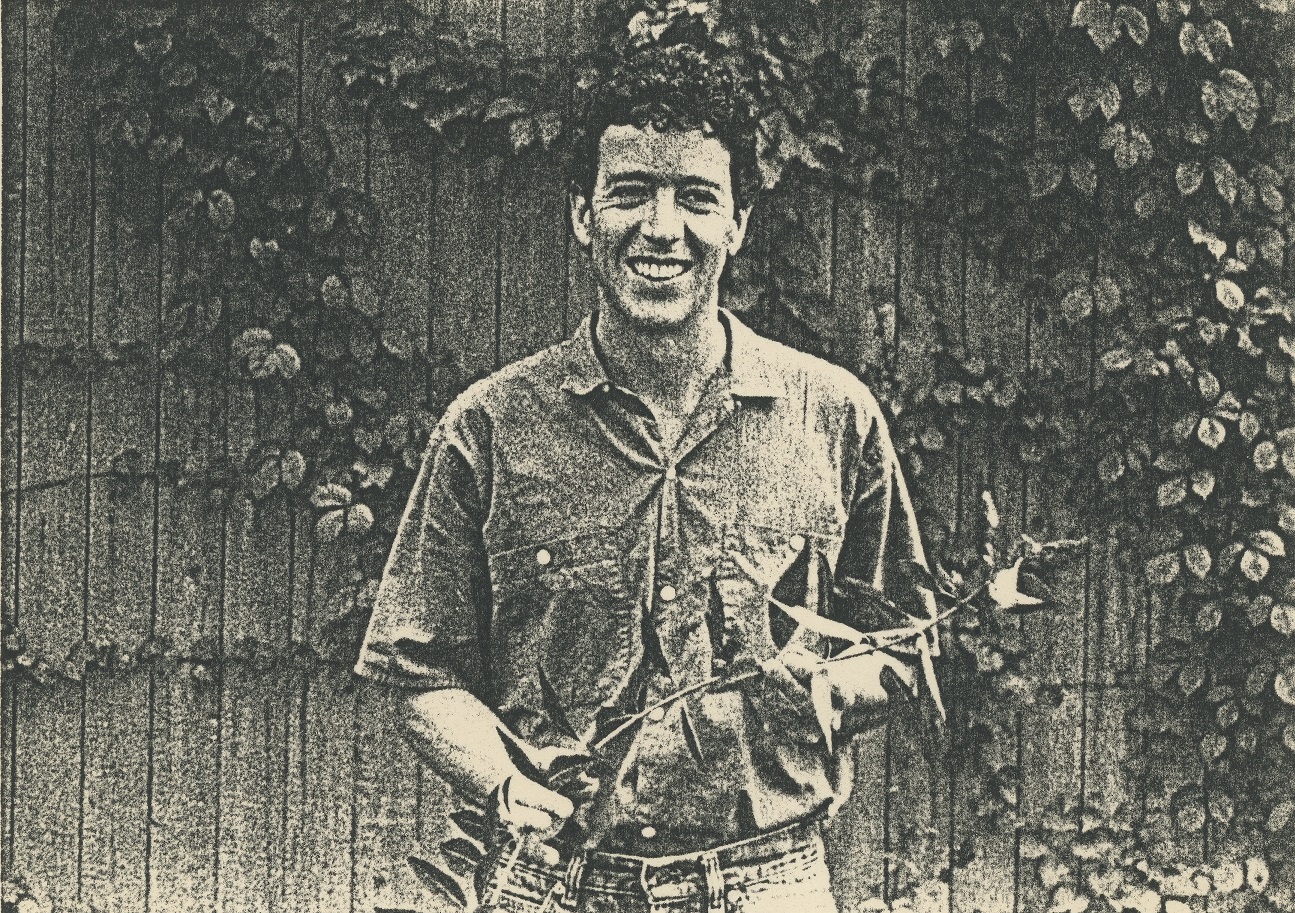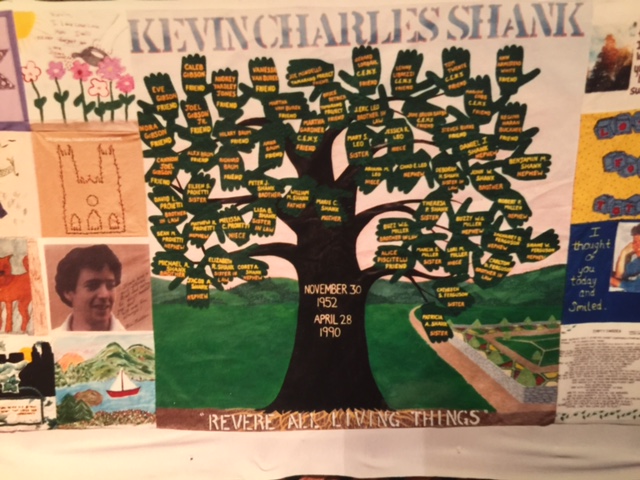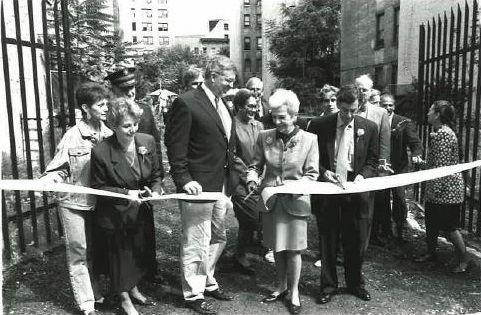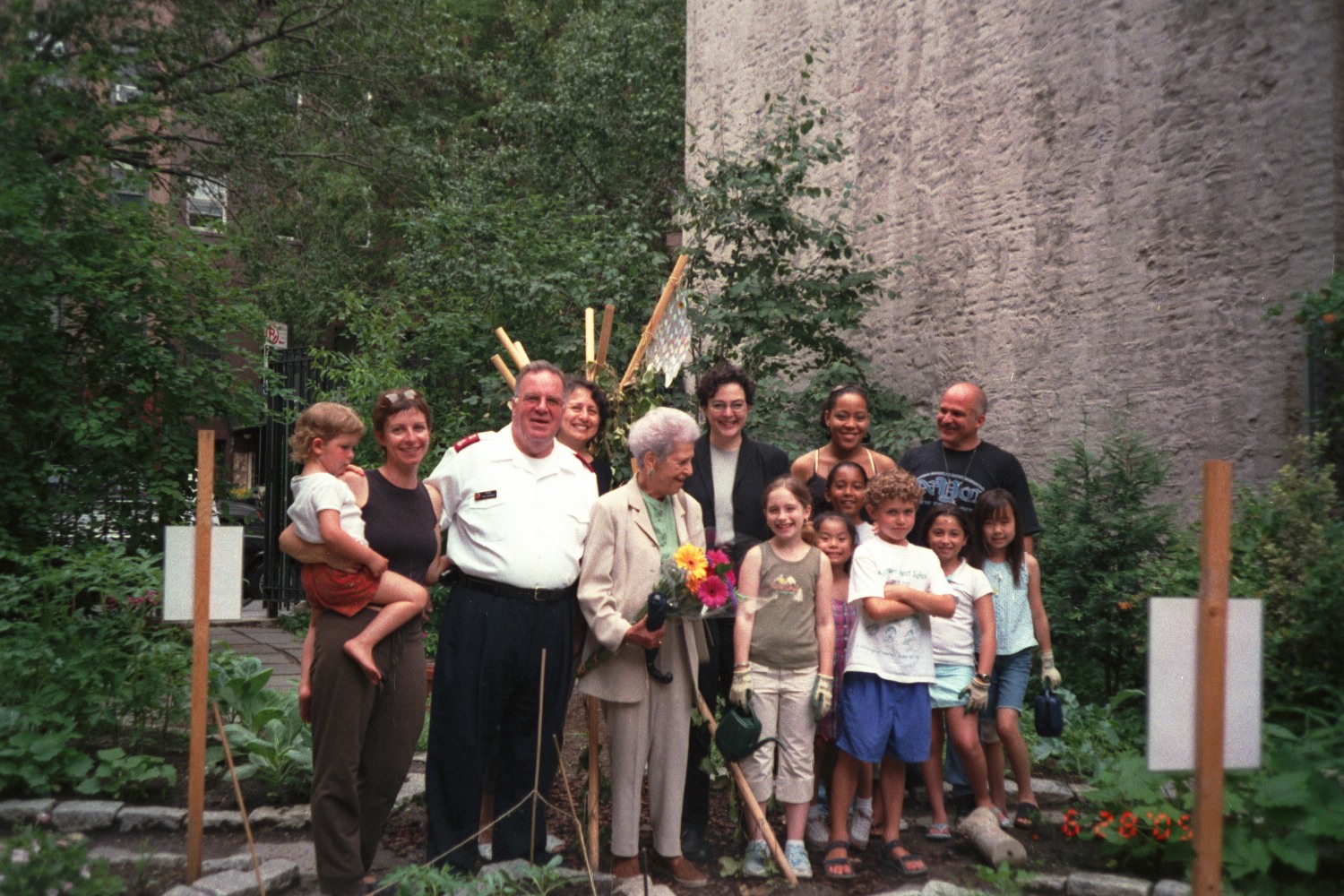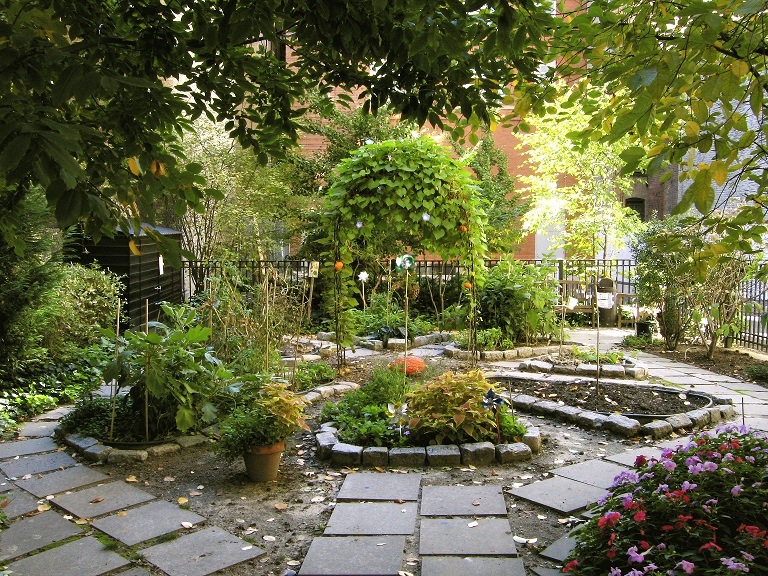On Wednesday, November 8th, Slow Food NYC will host its annual big bash fundraiser, the Slow Down, at GrowNYC’s Project Farmhouse steps from the Union Square Greenmarket. Slow Food NYC will honor their sixth Snailblazer, June Russell, in recognition of her outstanding leadership in creating a sustainable and fair regional farm and food chain. Since 2004, June has helped build and support a thriving regional grain economy through GrowNYC’s Greenmarket Regional Grains Project. The Regional Grains Project is dedicated to creating a marketplace for grains grown and milled in the Northeast, by educating and bringing together growers, processors, bakers, brewers, distillers, chefs, and eaters in a regional grain chain. Their mission begins at Greenmarket, where the bakers’ standard includes the use of flour made from grains grown and milled in our region.
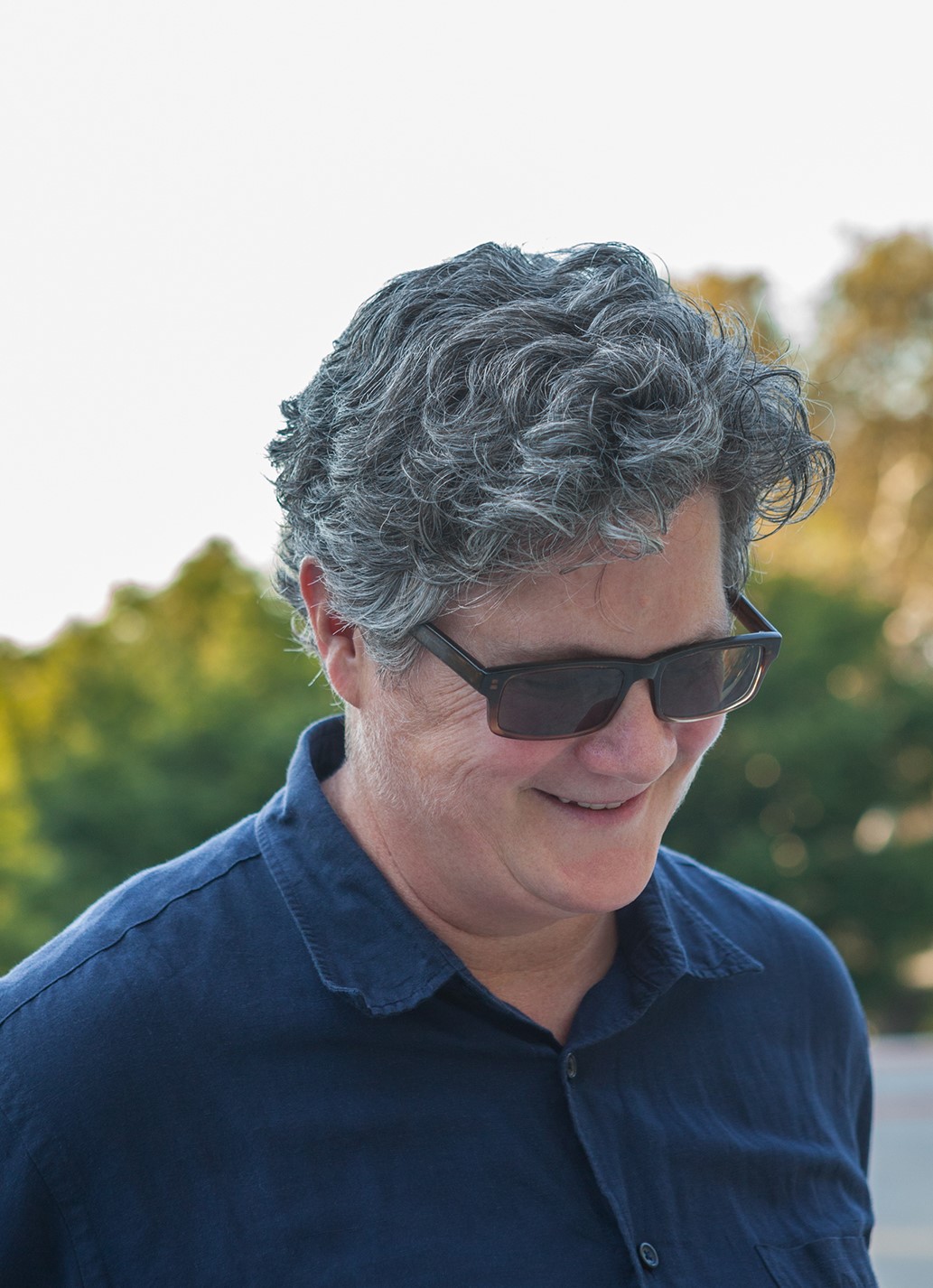
We sat down with June to talk about her incredible work reinvigorating grain growing in the Northeast.
Did you ever think you’d be working with grains for 10 years?
Laughs. No. I had no idea what I was getting into or where it would lead. Initially, I was disappointed when Greenmarket asked me to tackle the “issue of bakers.” I wasn’t sure it mattered. Boy was I wrong. Early on, I realized the potentially enormous impact of working with the staple crops on a regional level—to healthy soils, to system resilience, and to what ends up on our plates. Now, I have a sense of awe being a part of something that has become so much bigger and broader than our little quest to see if there was such a thing as local flour.
Do you think about where you’ll be in another 10 years?
I’m just starting to think about that now that we’ve laid some groundwork. We established a social enterprise—the Grainstand—and now we’re deep in strategic planning to determine what’s next. We have terrific, dedicated staff, ready to take things to the next level, which is key because some long-term objectives will take a generation to develop. But the food culture and the agriculture are now growing in tandem, and that’s incredible. Consumers in NYC are helping to create a stronger, more viable regional food system, and those changes are evident in the fields and in the new burgeoning infrastructure. This includes everything from crop diversity to soil health, carbon sequestration and developing de-centralized infrastructure that goes beyond the market to something like food sovereignty and resilience moving into the future. Yet this growth is unequivocally connected to the markets, so that is our focus.
What was the initial spark that kicked off the Greenmarket Regional Grains Project?
The initiative predated my time in my current role. It came from the Greenmarket Farmer and Community Advisory Committee (FCAC) as an effort to make bakers more mission supportive. There were several starting points, and there was a lot of foundational work and conversations that happened, but I can pinpoint two key moments that really gave us momentum. One was Indrani Sen’s 2008 NYT article about northeast grains, and a group of farmers and bakers working to dispel the myth that New York’s agricultural conditions were not conducive to growing high quality wheat. That piece really planted a seed, so to speak, not just with us, but throughout the country. Ironically, we pitched her the story to divert her attention away from other topics she was exploring at Greenmarket that, as new management, we were not ready for. Greenmarket Director Michael Hurwitz said, “give her something positive to write about, like bakers.” I was just starting to meet the people who would become our long-time allies. That story really rooted in the national imagination.
The second was a conference we hosted with Northeast Organic Farming Association- New York (NOFA-NY) in early 2010 that brought Greenmarket allies—shoppers bakers, and chefs—into the conversation. Things really took off after that day, and we started to receive grant funding to work on various aspects of the grain equation. Meanwhile, along with our bakers (who were required to use 15% local flours to remain eligible to sell at Greenmarkets), those allies started purchasing and creating demand to help drive the initial market. There were a few distillers in the room that day as well, who, along with farm brewers, were just getting started. (Craft bev. came along in 2012.)
It’s important to view this in the context of the local foods movement and, perhaps, the recession of 2008. I think we would have failed ten years prior. But by 2010, there were people fully dedicated to using as much as possible from local farms, as well as an explosion of small artisanal businesses backed by entrepreneurs looking to innovate, take risks, and launch commercial mills and distilleries, malting facilities, things that had not been done for over 100 years. And things keep going…
As a region, we are still in startup phase.
I could go on and on. If you want to know more, I recently talked about these early years on a podcast for Heritage Radio.
What’s your favorite local grain?
Emmer. Of course.
What grain has the most potential?
Emmer. Of course.
Why?
It’s high in protein and highly resilient in the field against weather and climate fluctuations. For anyone looking to move away from the consumption of obscene amounts of animal protein, emmer is an excellent, plant-based replacement. It should be a staple on local menus. It’s delicious. I’m very fond of buckwheat too, and it plays an essential role on farms, and we can produce way more then we can sell right now.
Who is your Grains inspiration?
There are many unsung heroes at the grassroots level, mostly women (surprise, surprise). They are really the backbone of systemic change, working closely with farmers and shepherding the painstakingly slow work of research, field trials, and technical assistance to growers. Julie Dawson, Lisa Kucek, Heather Darby, Elizabeth Dyck, Ellen Mallory, Eli Rogosa, to name a few on the east coast. And then there are our amazing female entrepreneurs like Andrea Stanley, lady maltstress (can there be a cooler occupation?) Amber Lambke of Maine Grains, and Mary-Howell Martens of Lakeview Organic. The Northeast Sustainable Agriculture Working Group (NESAWG) strongly advocates for a regional approach and thinking in terms of systems, which has been helpful.
My grains guardian angel is Karen Hess. I met her at the 97th St. Greenmarket when I was a manager there. Before she passed away in 2007, she gave me a paper she had written on bread and flour, which has become our guiding document. It also provided a framework for us: work with what we can grow, what the land wants to give.
Did you encounter any resistance at first?
That’s what the local bourbon is for.
Has rebranding the image of Grains been a challenge?
Huuuge! Until relatively recently, grains and flour were total non-entities in the culinary world. Getting people to take them seriously, not only in the cooking realm but by other food and agricultural advocates, can still be a struggle--though a case has been made and we have great bread to prove it. Still, there’s enormous amounts of work to be done as we continue to educate consumers and develop the market.
Grains and flour in our food system, and on our plates, are both all-encompassing and invisible at the same time--like being immersed in water. I’ve come to realize how commodity has everyone calibrated to the same specs, and we have lost what we now recognize as grain “literacy,” something that has been missing for almost 100 years. Happily, we are seeing some terrific new grain based products come into the market, and bakers are reconnecting to their primary ingredient. I can’t think of a better time to be a baker.
What’s your favorite craft beverage?
I’m super excited about all the rye whiskeys that are coming along. Some are just starting to hit with a little age on them at 4-5 years (given that Governor Cuomo’s craft beverage initiative only kicked in around 2012). It’s been incredible to witness the launch and subsequent maturation of a whole new sector in food and agriculture, to see producers and consumers sprout up, and to literally co-create what we hope will be a more sustainable and resilient future. Distilleries and mills have their place as essential facilities in a localized food system. Cheers!





